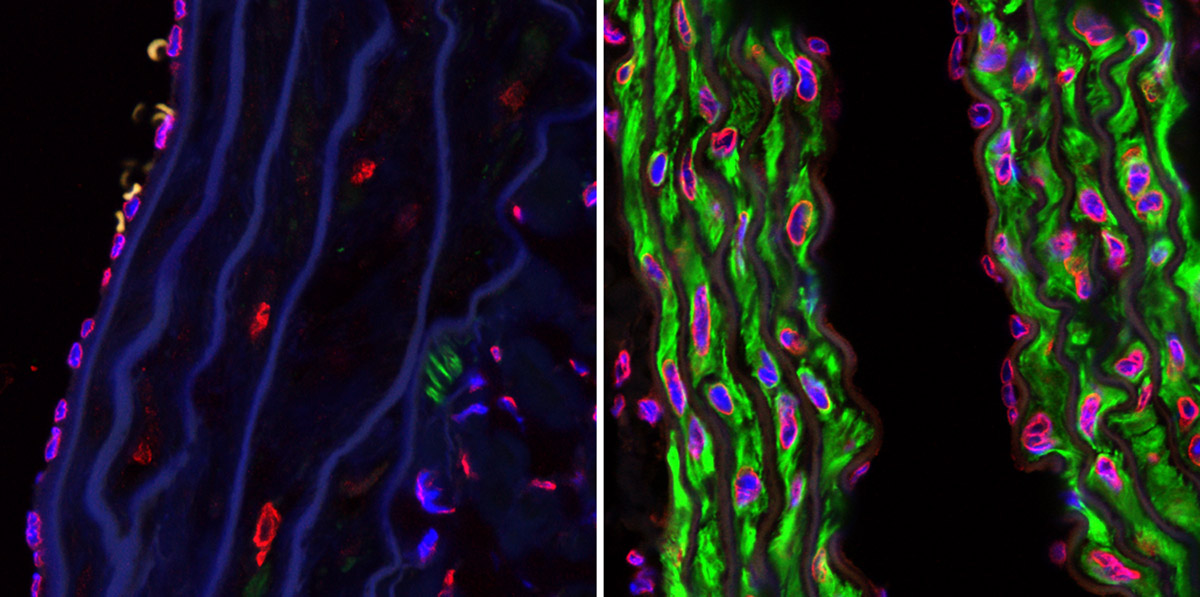
Progeria is a rather rare genetic disorder and it features with symptoms of aging which tend to occur much before they normally do. The condition is also known as Hutchinson-Gilford progeria syndrome. This medical condition is considered serious and progressive. The process of aging is significantly accelerated and the symptoms and signs that normally occur in elderly affect much younger people. A person suffering from progeria can age at a rate of 8 to 10 times higher comparing to normal aging rate. As a consequence these patients live only for approximately 13 years. But there are cases of progeria in which people managed to live up to their forties. Fortunately, the incidence of progeria is quite low.
Causes of Progeria
The very condition was first described in 1886 by Jonathan Hutchinson. Later, in 1897 Hastings Gilford contributed with more information about the disease. Fortunately, from then scientists have tried to obtain sufficient data regarding progeria. And they have succeeded. The disease occurs as a consequence of a point mutation that takes place in the position 1824 of LMNA (Lamin A gene). This is the spot the cytosine and the thiamine change their places. Lamin A gene is essential for formation of the nuclear envelope. However, once the gene has mutated, what follows is synthesis of an unusable form of Lamin A protein. This protein actually makes the cells highly unstable. This mutation cannot be inherited and may occur at any time of conception.
Symptoms and Signs of Progeria
Children suffering from progeria look normal at birth. The symptoms and signs develop later. These patients have distinctive physical features. Their body is fragile and their jaw and face look much smaller when compared to over-sized head. Apart from the previously mentioned children suffering from progeria may also feature with below average height and weight, prominent eyes, a skin condition which resembles scleroderma, alopecia and lack of eyebrows and eyelashes, emphasized scalp veins, pinched nose, decayed teeth, delayed dentition and/or lack of teeth formation, high-pitched voice and wrinkled skin. Apart from physical differences children suffering from progeria do not suffer from mental retardation.
Diagnosis and Treatment for Progeria
The very diagnosis is set according to symptoms and signs of the disease. They become most prominent during the first or second year of a child's life.
Unfortunately there is no cure for gene mutation and this is why treatment for progeria is actually symptomatic. Associated medical conditions require proper treatment. These children eventually die due to complications related to illnesses such as cardiovascular disease, stroke etc.


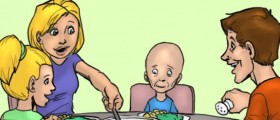

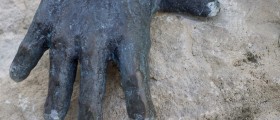
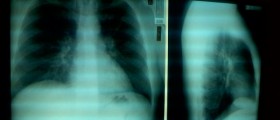
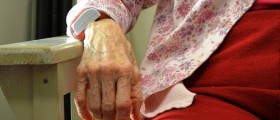



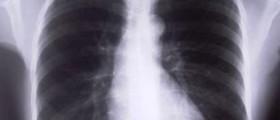

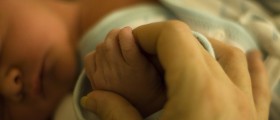

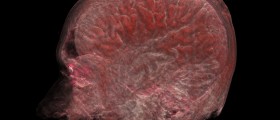


Your thoughts on this
Loading...